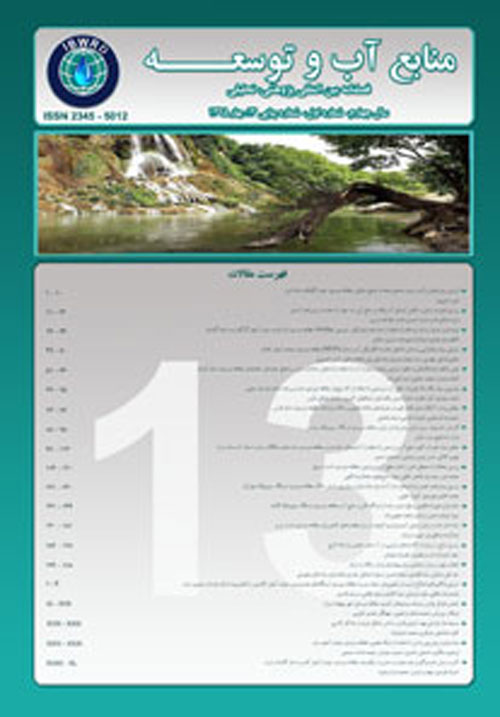The Effect of Vegetation on Runoff Curve Number Using Remote Sensing and GIS: A Case Study of Mansourabad Watershed, Birjand, Eastern Iran
Author(s):
Abstract:
Nowadays, in order to reduce the effect of unwanted factors and gather information related to land cover, vegetation indices were used. In this study, the effects of NDVI and VI indices on land cover and runoff curve number of Mansourabad watershed were investigated by using Geographic Information System (GIS) and Remote Sensing (RS). Land cover map was prepared by using vegetation indices and Landsat satellite images. In addition, the results of classification of these two indices and corresponding percentage with surveying data were compared. After that, runoff curve number map was prepared by combining land cover map with land use and soil hydrology group maps and by utilizing SCS table in the GIS environment. To assess the accuracy of each curve number map obtained from each index, runoff peak discharges computed by HEC_HMS model were compared by the measured amounts. The result of the classification showed that NDVI index with Kappa coefficient equal to 0.83 was better than the VI index with Kappa coefficient equal to 0.74 for land cover. These results were verified by lower error percentage between the measured and observed maximum discharge for NDVI index.
Keywords:
Vegetation Indices , Runoff Curve Number , NDVI , HEC , HMS
Language:
Persian
Published:
International Bulletin of Water Resources and Development, Volume:2 Issue: 3, 2014
Page:
50
https://magiran.com/p1399190


